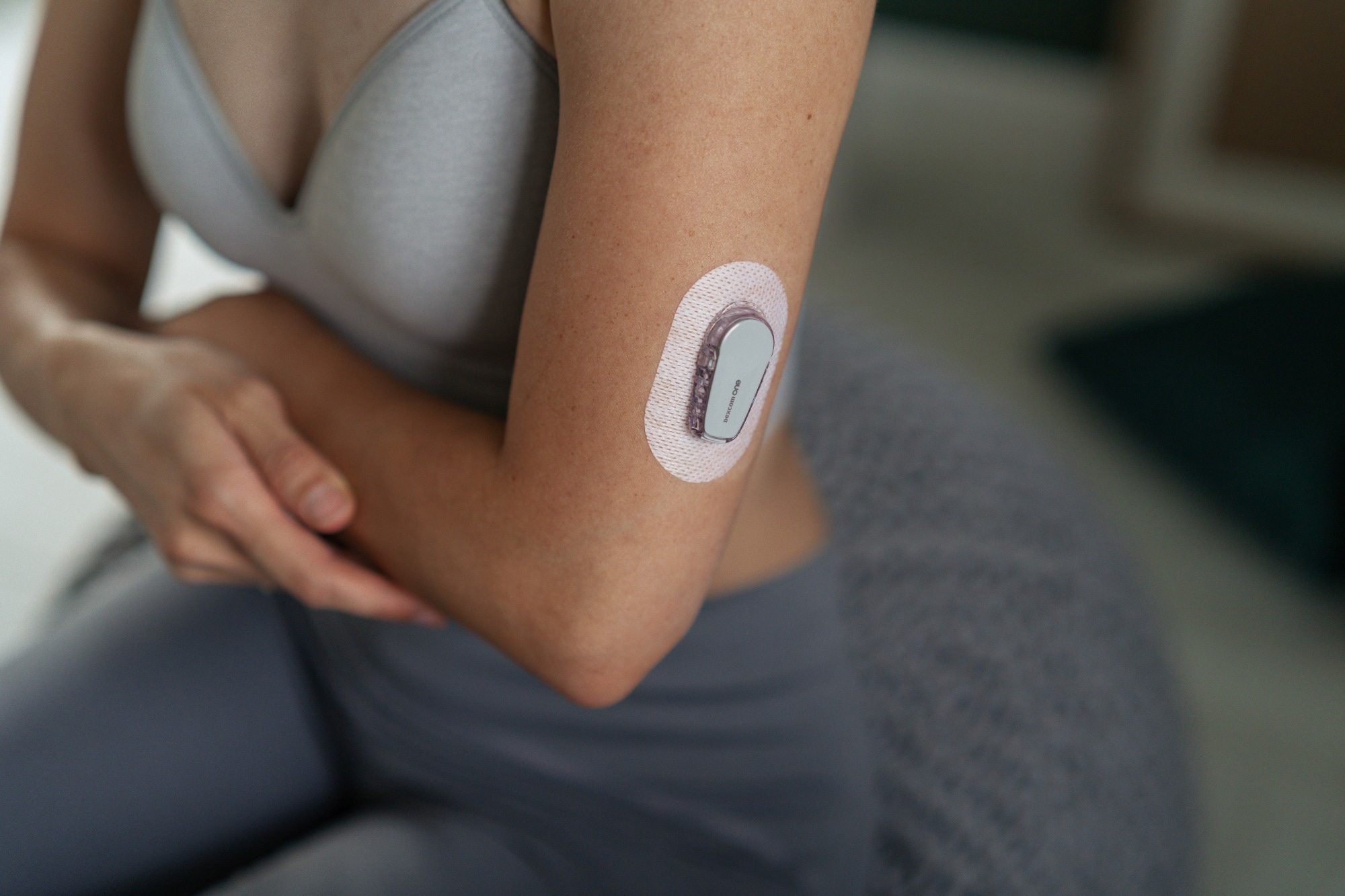In a recent special issue published in Nutrients, researchers reviewed existing data on the genetic factors and the gene-diet interactions that could alter dietary management of type 2 diabetes (T2D) and glucose metabolic impairments.
 Study: Towards Individually Tailored Diets in Prevention and Treatment of Diabetes? Image Credit: Dulin/Shutterstock.com
Study: Towards Individually Tailored Diets in Prevention and Treatment of Diabetes? Image Credit: Dulin/Shutterstock.com
Background
T2D heterogeneity concerning genotypic and phenotypic diversity warrants the development of novel therapeutics to provide personalized treatment according to the patient’s genetic constitution, metabolomic disruptions, and gut microbial dysbiosis.
The increasing prevalence of T2D globally indicates that the disease results primarily from sedentary lifestyles, physical inactivity, and unhealthy diets.
Research is required to assess the contribution of genes to T2D development and formulate personalized management strategies to reduce the health burden of T2D.
About the special issue
In the present special issue, researchers presented recent advances in precision medicine concerning T2D management.
Genes involved in type 2 diabetes
Studies have reported that the peroxisome proliferator-activated receptor gamma 2 (PPARG2) gene variant increases the risk of insulin resistance, T2D, and obesity, and the transcription factor 7-like 2 (TCF7L2) genetic variant is associated with insulin secretion.
A 41% increase in T2D risk has been reported among individuals with the rs7903146 genetic variant; however, the risk can be overcome by increasing physical activity and losing excess weight, as reported in two lifestyle prevention studies.
Further research is required to determine the genetic variant associated with maturity-onset diabetes of the young (MODY) and tailor management strategies according to the MODY subtype.
Gestational diabetes has various genotypes and phenotypes and shares common genetic risk factors with T2D but has distinctive causative genetic variants.
Precision medicine for type 2 diabetes
The T2D-GENE trial investigated whether web-based dietary and exercise consultations are effective in real-world settings. Genetic characterization was performed for all Finish participants before study initiation, and the practicality and compliance with lifestyle modifications were verified based on the count of individuals logged in online and physical activity levels, as documented by self.
The study aimed to determine differences in responses to lifestyle interventions according to the genetic risk scores for T2D, calculated based on the presence of high-risk gene variants. The outcome measures included new-onset diabetes, insulin secretion, altered glucose tolerance, and indices to assess insulin sensitivity.
The researchers found an increase in fibre intake and fat quality and a decrease in salt consumption by analyzing repeated four-day dietary recalls over three years.
Recent studies which have been conducted to assess the metabolomic profiles of T2D patients have reported that the gut microbiome is critically involved in T2D pathogenesis, based on the relationships between gut metabolites such as short-chain fatty acids (SCFA), bile acids, amino acid molecules, and glucose metabolic pathways, with most metabolites being linked to insulin resistance, particularly indole propionic acid (IPA).
The beneficial effects of high dietary fibre intake may be observed since fibre increases serological IPA levels.
A study assessed gene expression and metabolomic profiles following a 5.20-gram daily salmon protein intervention over eight weeks. Blood samples were drawn from all participants, from which peripheral blood mononuclear cells (PMBCs) were isolated, and data were obtained from high insulin responders and low insulin responders to a two-hour oral-type glucose tolerance test (GTT).
The study findings indicated that salmon protein did not significantly affect glucose metabolism. High responders had higher levels of glycated protein A (GlycA) and monounsaturated fatty acids (MUFA) and lower levels of acetate and glycine in their serum compared to low responders.
However, except for acetate, the salmon fish protein did not significantly modify the metabolite levels. No significant differences between the responders regarding gene expression were observed, probably because of the limited sampled population.
Conclusions
Based on the findings, precision medicine in T2D management has garnered research interest in recent times; however, loss of body weight, improved dietary quality, and regular physical exercise work in preventing and managing T2D linked to obesity, irrespective of an individual’s genetic makeup.
Nevertheless, T2D-associated genetic variant identification, comprehensive metabolomic data, and increased awareness of gut microbial interactions have opened new avenues to develop personalized management strategies by T2D subtype and widen the therapeutic landscape of T2D.
However, further research, including randomized controlled trials with large sample sizes, is required to improve the generalizability of the findings.
Furthermore, dietary modification for T2D patients is a feasible approach that can be used to promote the general and, in particular, the cardiovascular health of people with diabetes.
Uusitupa, M. and Schwab, U. (2023) "Towards Individually Tailored Diets in Prevention and Treatment of Diabetes?", Nutrients, 15(12), p. 2649. doi: 10.3390/nu15122649. https://www.mdpi.com/2072-6643/15/12/2649
Posted in: Medical Science News | Medical Research News | Medical Condition News | Healthcare News
Tags: Amino Acid, Bile, Blood, Diabetes, Diet, Dysbiosis, Exercise, Fatty Acids, Fish, Gene, Gene Expression, Genes, Genetic, Gestational Diabetes, Glucose, Glucose Metabolism, Glycine, Insulin, Insulin Resistance, Medicine, Metabolism, Metabolite, Metabolites, Microbiome, Nutrients, Obesity, Physical Activity, Precision Medicine, Protein, Receptor, Research, Short-Chain Fatty Acids, Therapeutics, Transcription, Type 2 Diabetes

Written by
Pooja Toshniwal Paharia
Dr. based clinical-radiological diagnosis and management of oral lesions and conditions and associated maxillofacial disorders.
Source: Read Full Article
